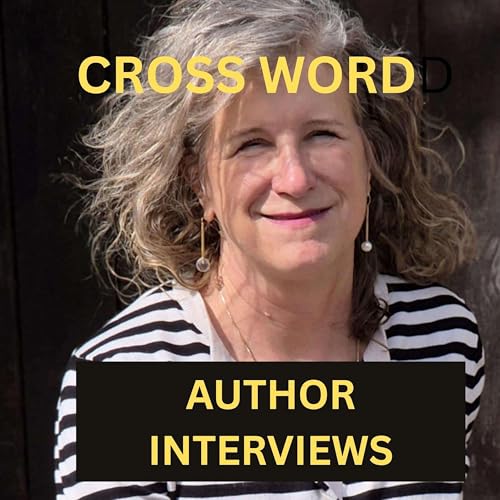Send us a text
Find out more about Cross Word Books at
https://www.bookclues.com/
Professor Beer's website https://mollybeer.net
A woman without a rank helped a country find its balance. We sit down with Professor Molly Beer to explore Angelica Schuyler—born Engeltia into Dutch New York, educated at a royal governor’s table, and fluent in the quiet arts that hold a republic together. Her new book, Angelica: For Love and Country in Time of Revolution, uncovers a life lived at the center of events we think we know: Saratoga and Yorktown, the emergence of parties, and the uneasy peace that follows victory.
Across these pages and letters, we follow Angelica from Albany’s river-crossroads to London drawing rooms and the salons of Paris. She befriends Hamilton and Jefferson at once, attends Burgoyne’s Cambridge gatherings after Saratoga to enact peace in public, and navigates a marriage that gave her unusual latitude to move, write, and influence. Sixteen years in England offered a crucial vantage on the French Revolution—first the promise, then the terror—which sharpened her warning against faction at home. The themes feel urgent now: amiability as an active civic practice, soft power as statecraft, and the daily work of keeping rivals talking.
We also face the contradictions. Raised in a northern household that practiced domestic slavery, Angelica’s views evolved under French antislavery currents and through ties to figures like Pierre Toussaint. The record doesn’t flatter or flatten her; it traces change over time, showing how ideals and habits collide. Molly’s research—letters preserved by Jefferson, Hamilton, Lafayette, and the Schuyler family; archives across the Atlantic; houses that still stand—lets the story read with the pulse of a novel while staying anchored in evidence.
If you’re drawn to Revolutionary history, women’s leadership, and the subtle forces that shape public life, this conversation reframes the founding through a different lens. Listen to learn how a gifted hostess became a strategic peacemaker, how letters steered alliances, and why the most underrated builders of the United States may be the ones who put down the pistol case and set a longer table. Enjoyed this conversation? Follow the show, share it with a friend, and leave a quick review to help others discover it.
 Dec 3 202542 mins
Dec 3 202542 mins Nov 26 202537 mins
Nov 26 202537 mins 1 hr
1 hr Nov 7 202540 mins
Nov 7 202540 mins Oct 29 202542 mins
Oct 29 202542 mins Oct 20 202554 mins
Oct 20 202554 mins Sep 29 202555 mins
Sep 29 202555 mins Sep 12 202543 mins
Sep 12 202543 mins
